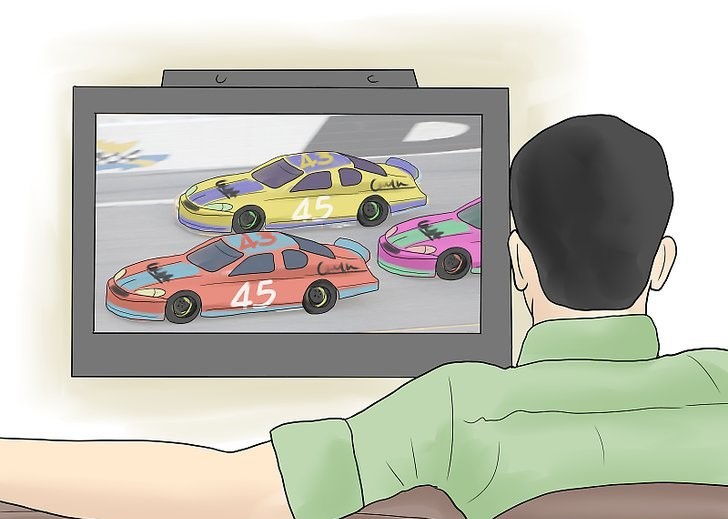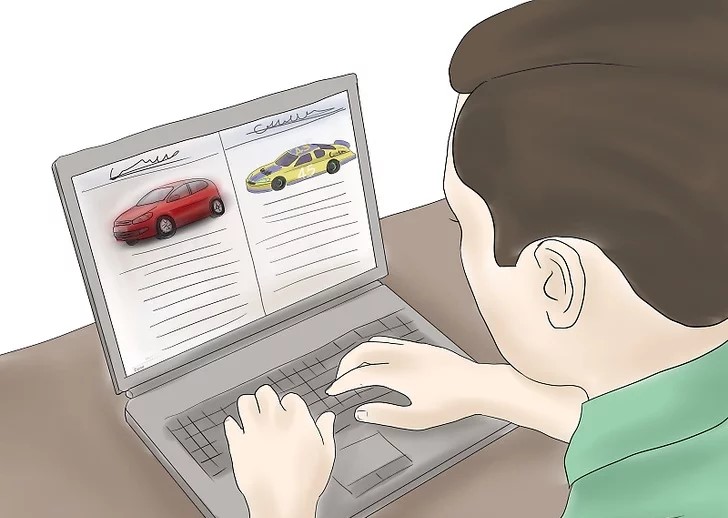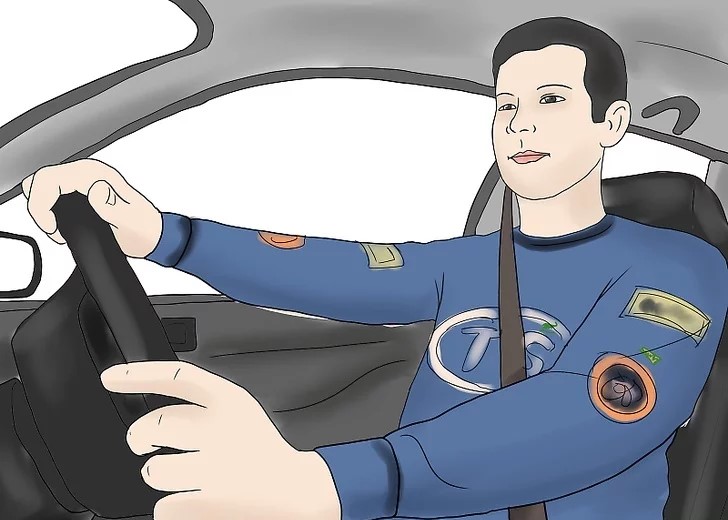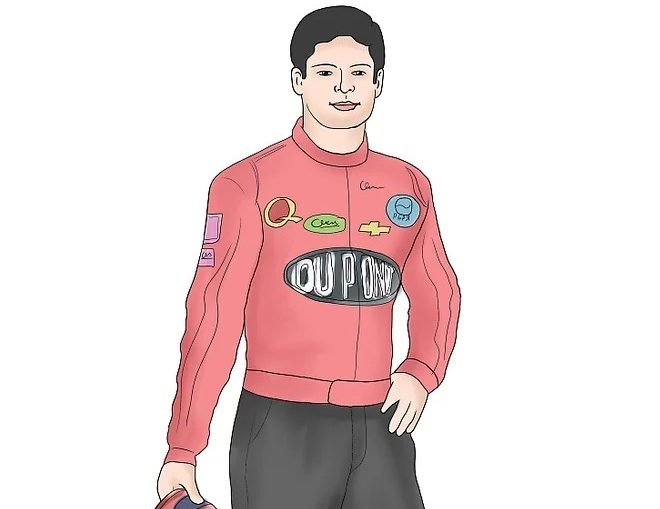Not everyone can be a NASCAR pilot, but focus and correct training, talented pilots can take sensible, measurable steps towards the ultimate goal of flying professionally on a NASCAR NASCAR circuit. Anyone can aspire to top-level professional sports careers, but when it comes to the competitive world of motorsport, a would-be NASCAR driver should first consider gaining some basic experience to build a professional driver’s resume.
Kart racing If you are not yet of legal driving age and can find a track that offers racing for young people, this is a great way to learn the basics of driving a vehicle around corners.

Watch professional drivers on TV or, if possible, on a local track. If you have the opportunity to buy a cockpit pass, take the opportunity to ask questions to the drivers and the team.

Find car mechanics near you or through the internet, so you can learn everything possible about the mechanics of a race car and how they differ from ordinary cars. The most important tool for any car driver is a reliable car, and although professional drivers have a maintenance team and mechanics for things to go well, the driver is the only one on the track who can detect a problem early and stop the car before having problems at high speeds.

Volunteer to help a local driver’s team. As a volunteer, you will generally need some basic skill such as knowledge of mechanics, although some programs provide training for volunteers.

Enter a NASCAR driving course at a specialized track.
Driving schools offer detailed safety and communication instructions, lessons in standard procedures and the opportunity to drive a race car from 3 to 40 laps on the track.
The driving experience varies from doing laps on the track, following another car, or the final challenge of the driver, with an experienced passenger to teach you with hand signals as you go along the route.

Prepare your mind with a formal education. While training and experience with a real racing car are important, if you want to be a NASCAR driver, it’s also important to tune your spirit to deal with the racing business. A formal education is usually not important for NASCAR drivers, but as the popularity of racing continues to grow and fans continue to put millions of dollars into the industry, some advanced education in business and communication could provide a niche for new NASCAR drivers.

Get the right physical shape and stay in shape. Physical fitness is paramount to becoming a successful pilot. The healthier and better fit the pilot is, the better equipped he or she will be to withstand the heat the strain of flying at almost 200 miles per hour (about 322 km/h). In addition, racing cars can go faster when they carry less weight in the driver’s seat.

